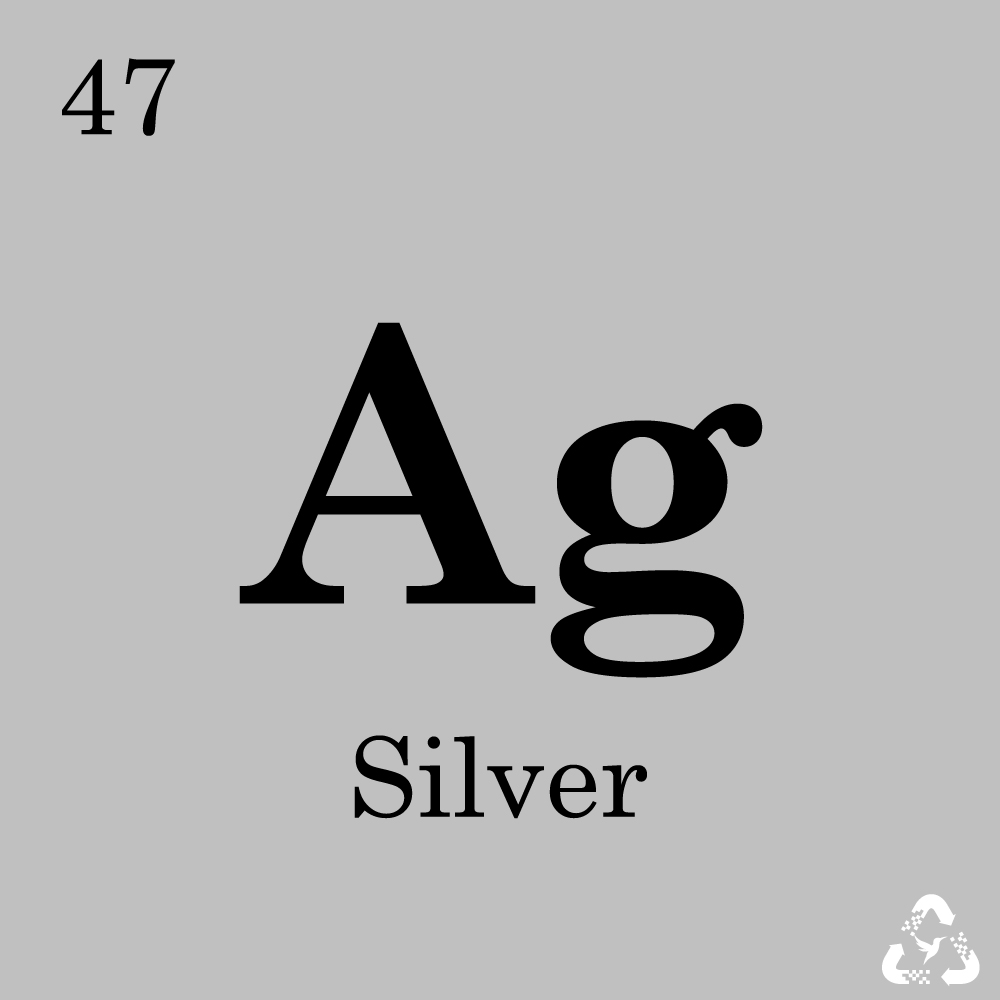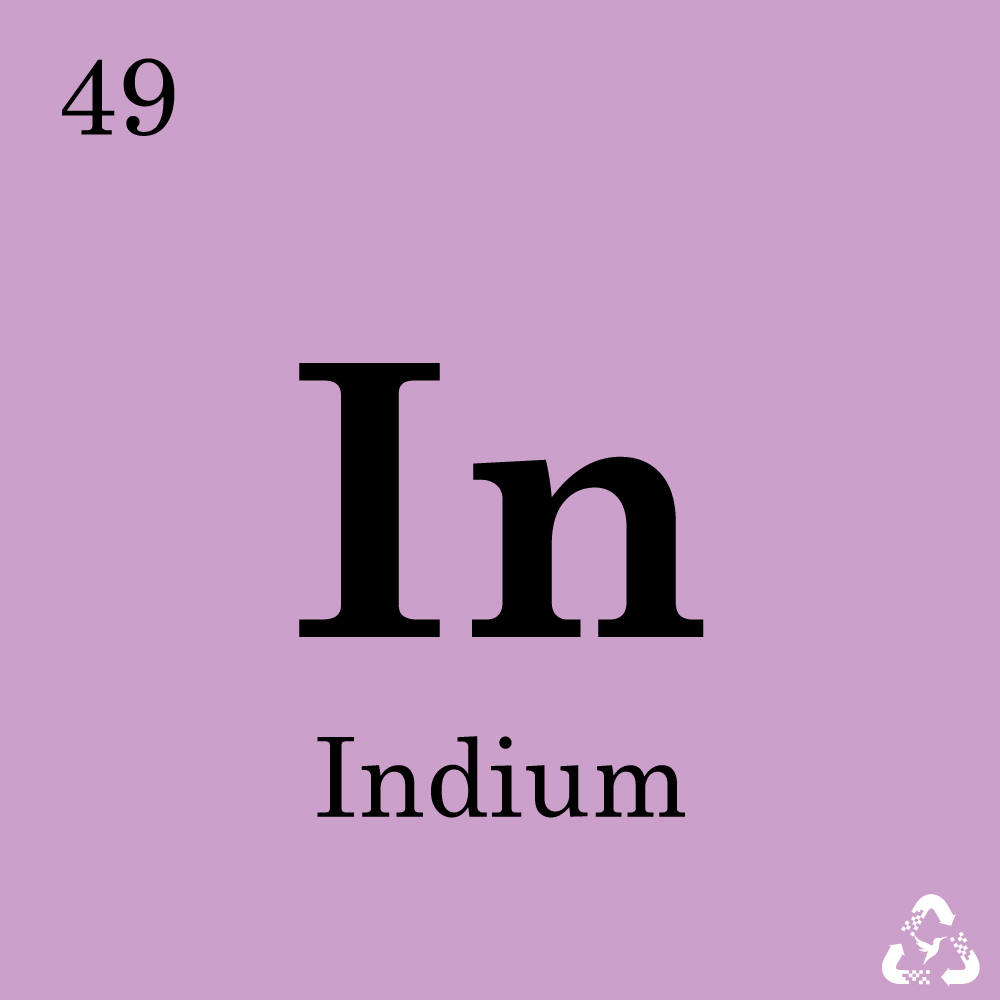E-waste isn’t just discarded electronics; it’s one of the richest and fastest-growing waste streams in the world. Inside old laptops, phones, and home devices are trace amounts of gold, silver, indium, and other rare materials that keep modern technology running.
Most people don’t realize how valuable these components are or how much environmental impact can be avoided by recovering them. Before these resources end up buried in landfills, it’s worth understanding what’s hidden inside and why proper recycling matters.
Why E-Waste Contains Rare And Precious Materials
Modern electronics rely on tiny amounts of rare metals to work as fast, reliably, and efficiently as we expect. Elements such as gold, silver, indium, and neodymium are chosen because they conduct electricity well, withstand high temperatures, and keep the system compact without compromising performance.
Even though each component only uses a trace amount, those traces multiply quickly when you consider how many phones, laptops, and home devices are thrown away every year. This is where recovery becomes so important. If you mine these materials from the earth, it is expensive, uses up a lot of energy, and, in turn, damages the environment.
On the other hand, recycling these resources allows them to be used again without extracting more from the ground. Every year, millions of devices reach the end of their life, and choosing recovery over mining makes a big difference.
The Rare Materials Found Inside E-Waste
Electronic devices may look simple on the outside, but inside them are small amounts of metals that are difficult to mine and essential for modern technology. These elements help electronics run faster, stay durable, and perform with precision. Here’s a closer look at the rare materials commonly recovered during e-waste recycling and why they matter.
1. Gold (Au)

Gold resists corrosion and carries electrical signals smoothly, which is why it appears in so many internal components, such as:
- Connectors
- Switches
- Circuit Boards
Why Is Gold Recovery Important?
Mining gold is destructive and energy-heavy. Extracting gold from old electronics reduces the need for new mining and preserves a material that can be reused again and again.
2. Silver (Ag)

Silver has the highest electrical conductivity of any metal, making it essential for fast, reliable performance inside:
- Contacts
- Switches
- Conductive layers on circuit boards
Why Is Silver Recovery Important?
Recycling silver reduces demand for new mining and minimizes the environmental footprint of extracting fresh silver from the earth.
3. Platinum (Pt), Palladium (Pd), and Rhodium (Rh)

These precious metals withstand high heat and resist oxidation, which is why they are used in:
- Coatings on sensitive electronic components
- Sensors
- Catalytic converters
Why is the recovery of Pt, Pd, and Rh Important?
These metals are highly valuable and limited in supply. Recovering them reduces dependence on intensive mining operations and supports industries like electronics and clean air technology that rely on them.
4. Indium (In)

Indium is crucial for modern displays due to its ability to create clear, responsive surfaces. It’s mainly found in:
- LCD panels
- Touchscreens
- Transparent conductive coatings
Why Is Indium Recovery Important?
Indium is scarce. Recovering it from e-waste helps maintain a stable supply for the electronics industry and eases the pressure on mining activities that come with high environmental costs.
5. Neodymium (Nd)

Neodymium is used to create strong, compact magnets, which appear in:
- Hard drives
- Speakers
- Microphones
- Electric motors
Why Is Neodymium Recovery Important?
Neodymium is a rare-earth metal with a complex extraction process. Recycling meets growing demand while reducing environmental damage from rare-earth mining.
Table For Rare Materials In Electronics
This table provides a quick overview of the key materials, where they are found and why recycling them is so important.
| Rare Material | Common Devices | Key Uses in Electronics | Why Recovery Matters |
| Gold (Au) | Connectors, switches, circuit boards | Conducts electricity reliably; corrosion-resistant | Reduces destructive mining, conserves a reusable material |
| Silver (Ag) | Contacts, switches, conductive layers on circuit boards | Highest electrical conductivity; ensures fast, reliable performance | Lowers demand for new silver, reduces environmental impact |
| Platinum (Pt) | Coatings, sensors, catalytic converters | Resists heat and oxidation; used in sensitive components | Conserves limited supply, supports electronics and clean air tech |
| Palladium (Pd) | Circuit boards, connectors, sensors | Enhances durability and conductivity | Reduces mining pressure and supports industrial use |
| Rhodium (Rh) | Specialized coatings, sensors | Corrosion-resistant, used in precision components | Rare and valuable; recovery prevents environmental harm |
| Indium (In) | LCD panels, touchscreens, transparent conductive coatings | Creates clear, responsive display surfaces | Scarce material; recycling stabilizes supply and reduces mining |
| Neodymium (Nd) | Hard drives, speakers, microphones, electric motors | Strong, compact magnets | Reduces rare-earth mining, meets industrial demand sustainably |
On a Final Note
E-waste holds far more value than most people realize. Inside every discarded device are materials that are difficult to mine but easy to recover when handled responsibly.
By choosing proper recycling, we keep these rare resources in circulation, reduce environmental damage, and ensure our technology has a more sustainable future. Each device returned to the proper channels becomes part of a cycle that protects both the planet and the precious materials it provides.
FAQs
How can I ensure my electronics are recycled responsibly?
Choose certified e-waste recyclers who follow industry standards, ensure data security, and extract materials safely to keep valuable metals in circulation. Hummingbird International is a good choice.
Can all electronic devices be recycled for rare metals?
Most electronics contain trace amounts of valuable metals, including phones, laptops, tablets, and home appliances. Even the small devices contribute to rare metals.
Which devices have the highest concentration of rare materials?
Smartphones, laptops, and tablets have the highest concentrations of gold, silver, and palladium as they have complex circuit boards.
How often should I recycle my electronics?
You must recycle a device that is no longer in use or is broken. By regular recycling, you can keep the valuable metals in circulation.


Leave a Reply